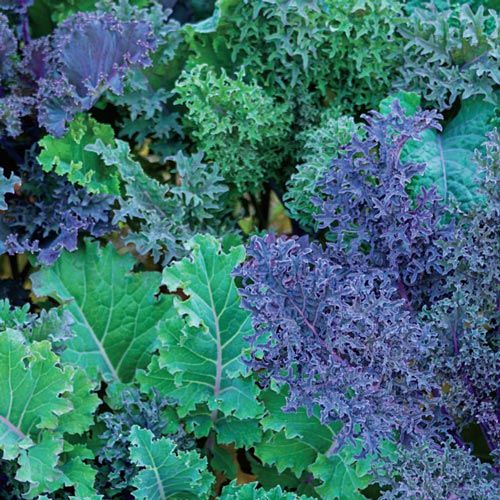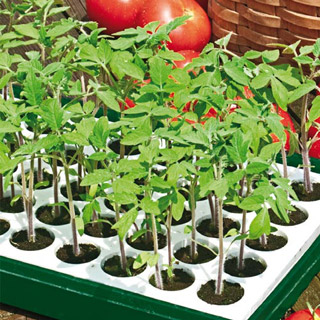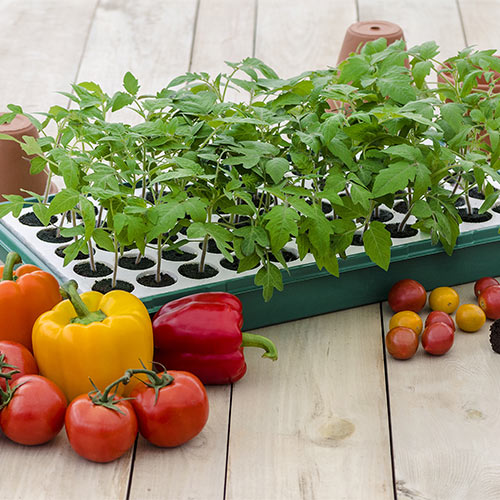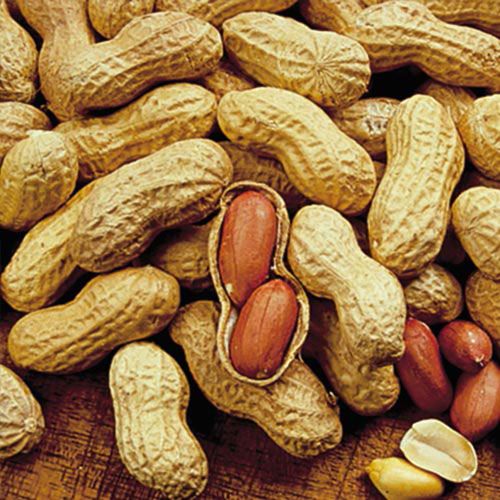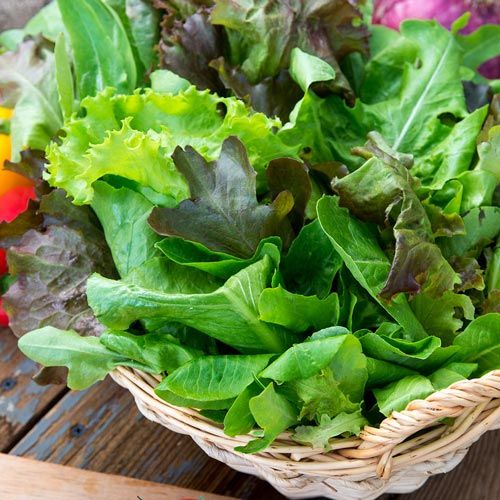You likely heard it from your mother when you were a child: “Eat your greens! They’re good for you!” At the time, you probably tried to hide your greens under the mashed potatoes or scrape them off the plate and onto the floor in hopes the dog would eat them. But if only we listened to our parents!
Category: Vegetable Seeds
Sowing Your Own Seeds – Part III
Now that the plant has sprouted and gone through the food supply provided by the seed itself, you’re responsible for feeding the burgeoning baby plant. You should feed your seedlings one-quarter strength plant food. If the solution is too strong, it will burn the baby plant. Use room temperature water when you are watering your plant.
Sowing Your Own Seeds – Part II
To sprout, most seeds prefer a temperature between 70 and 85 degrees (for specific temperatures, see the back of your seed packet). Seeds can be kept in any place that offers warmth. Windowsills can also work, but be sure to check them for drafts that could potentially end your seedling’s short life.
How to Grow a Peanut Plant from Seed
Indigenous to South America, the peanut is a member of the legume family; it’s not a nut like its name may suggest. It’s one of most widely grown crops in the world because of its flavorful, edible seed. It can be grown indoors or out, depending on the growing season; a longer season is better for outdoor growth, while a shorter season lends itself to indoor growth.
Grow Up! – The Vertical Vegetable Garden
Do you picture a typical vegetable garden as a vast area, with neat rows stretching to the horizon? Well, it doesn’t have to be that way. If your garden area is limited, you can save space by doing something your mother probably told you– “Grow Up!”

